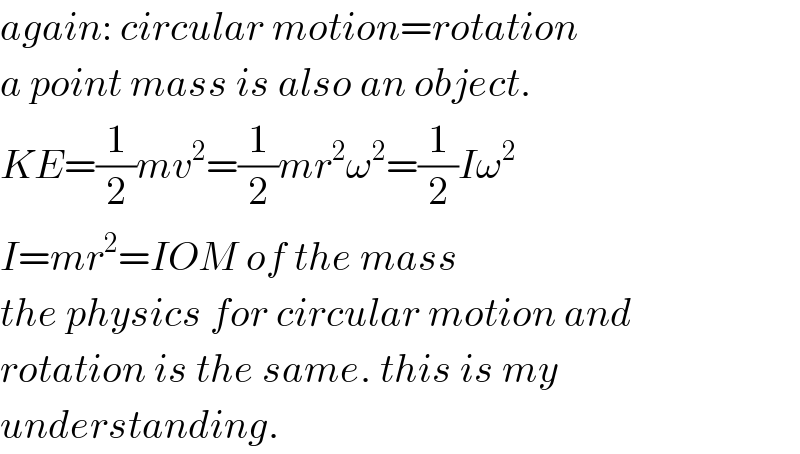
Question and Answers Forum
Question Number 53841 by rahul 19 last updated on 26/Jan/19

Commented by rahul 19 last updated on 27/Jan/19
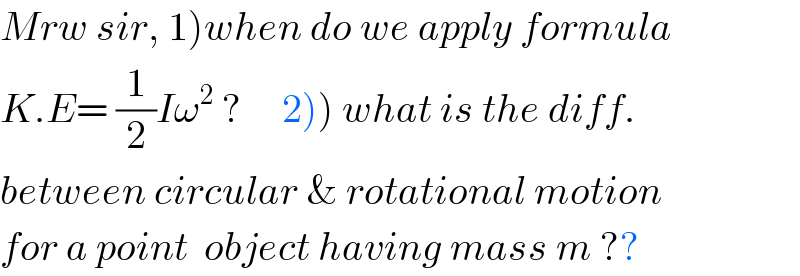
Commented by rahul 19 last updated on 26/Jan/19
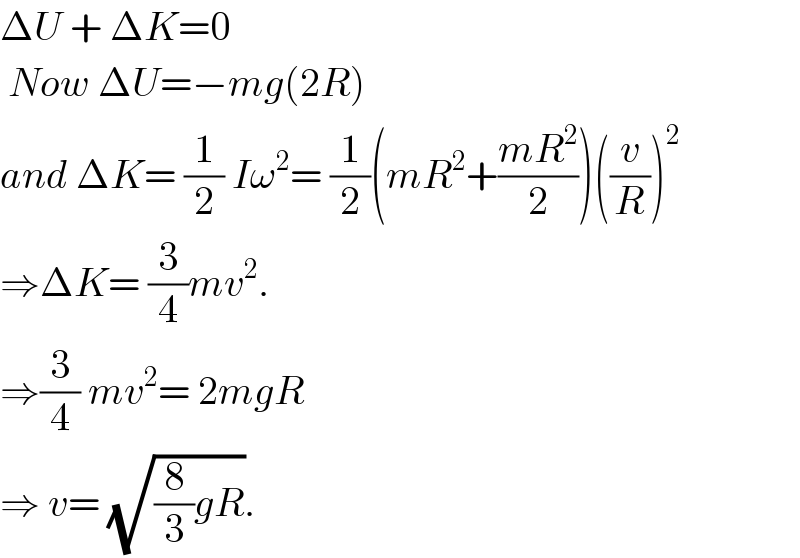
Commented by rahul 19 last updated on 26/Jan/19
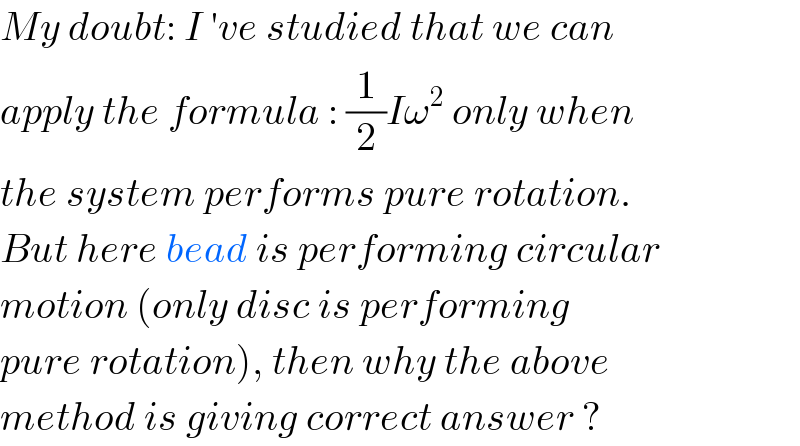
Commented by mr W last updated on 26/Jan/19
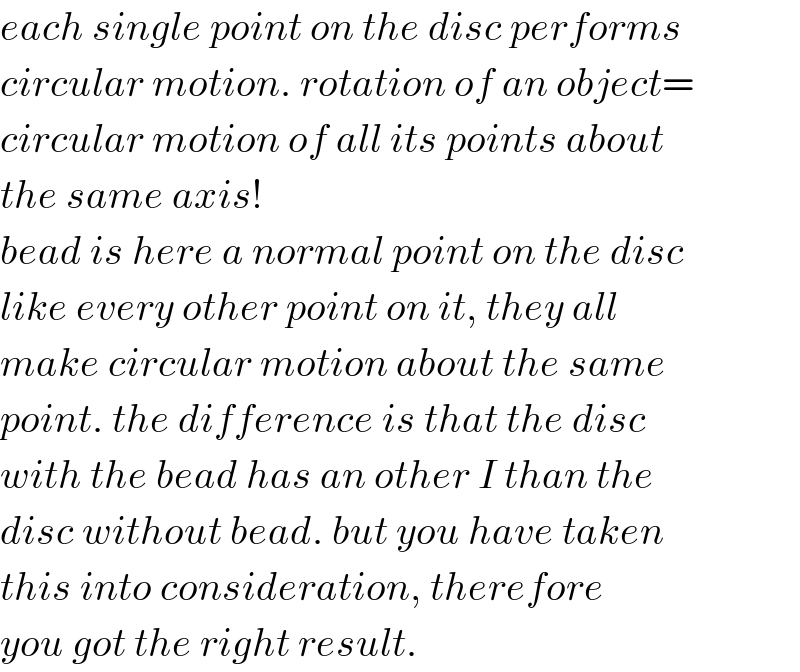
Commented by tanmay.chaudhury50@gmail.com last updated on 26/Jan/19

Commented by mr W last updated on 26/Jan/19
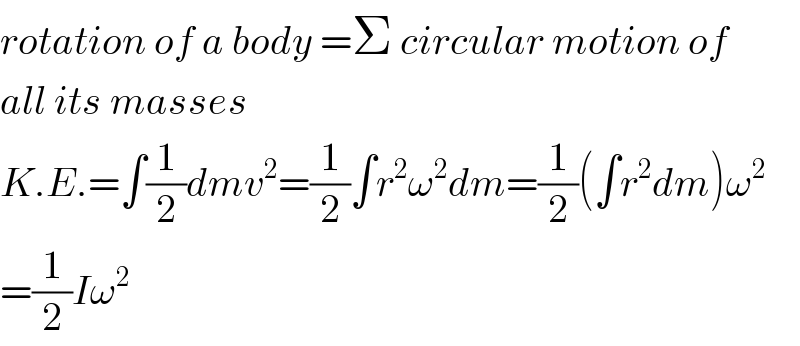
Commented by rahul 19 last updated on 27/Jan/19

Commented by mr W last updated on 27/Jan/19
